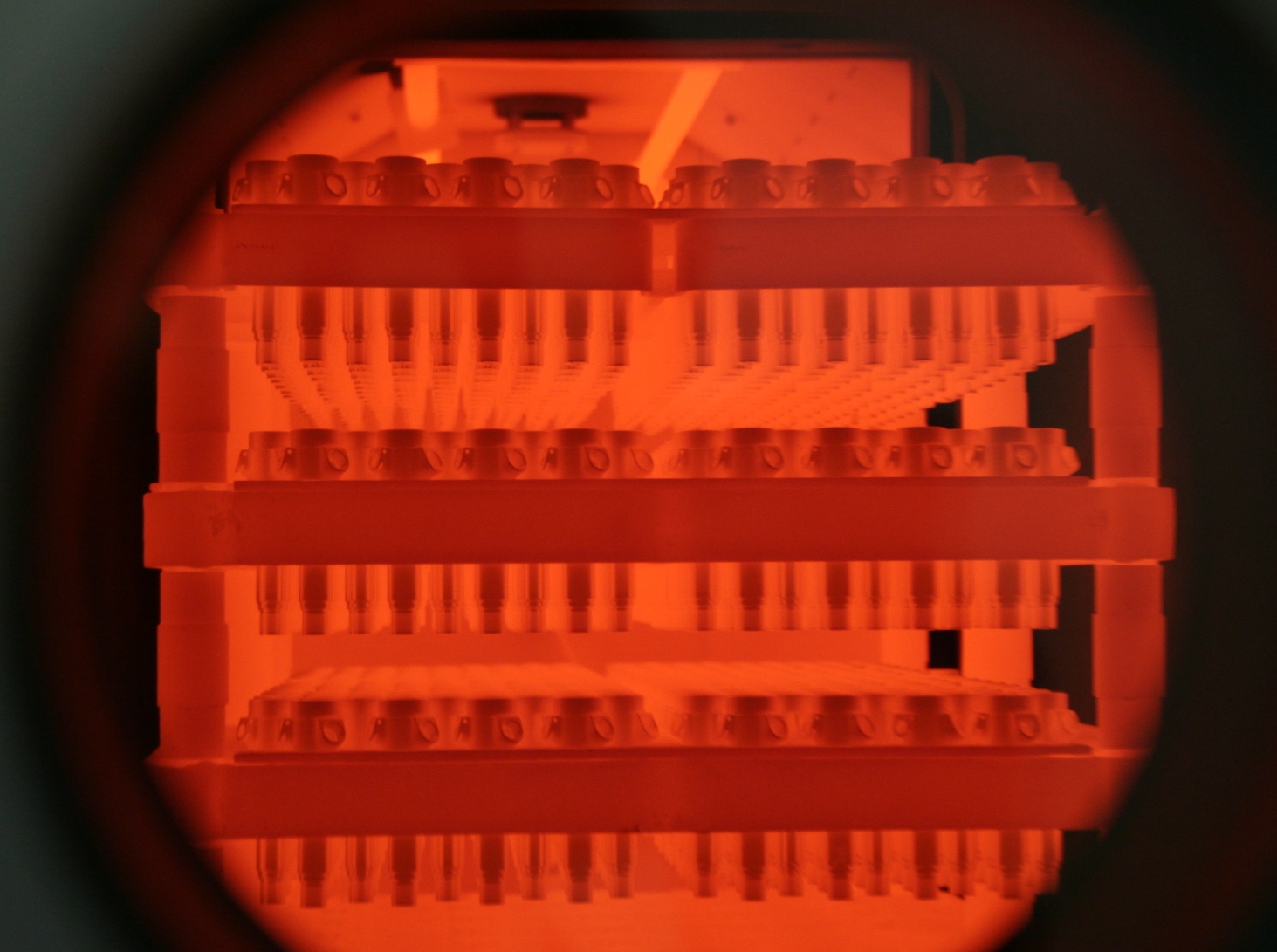Neutral hardening in vacuum
At ALD Heat Treatment Services Center, vacuum hardening is processed as following:
First the components are heated to austenitizing temperature under vacuum or under convection (using 1,5 bar of nitrogen or argon). The absence of oxygen leads to significant cost reductions in subsequent hard finishing operations, since there is no need to remove layers of intergranular oxidation or de-carburized areas.
After austenitizing in vacuum the parts are quenched. When combined with High Pressure Gas Quenching (HPGQ) with up to 20 bar helium or nitrogen, the following benefits are achieved compared to conventional neutral hardening using oil- salt- or polymer quenching:
- avoiding intergranular oxidation (IGO) and surface oxidation
- avoiding de-carburized areas
- metallic, blank surfaces
- clean surfaces of parts after heat treatment, no washing of parts necessary
- environmentally friendly process (small consumption of resources; no disposal of oil, salt bath residues or detergent residues)
- potential to reduce heat treat distortion (unwanted changes of the part-geometry during heat treatment in form and size)

Depending on the wall thickness of the treated components, typical „quench and temper“ – steels (such as 42CrMo4 and 50CrMo4) or bearing steels (such as 100Cr6) can be fully hardened. For very thin components even unalloyed carbon steels can be treated successfully. High alloyed „quench and temper“ – steels and tool steels are ideally suited for neutral hardening in vacuum with HPGQ.
